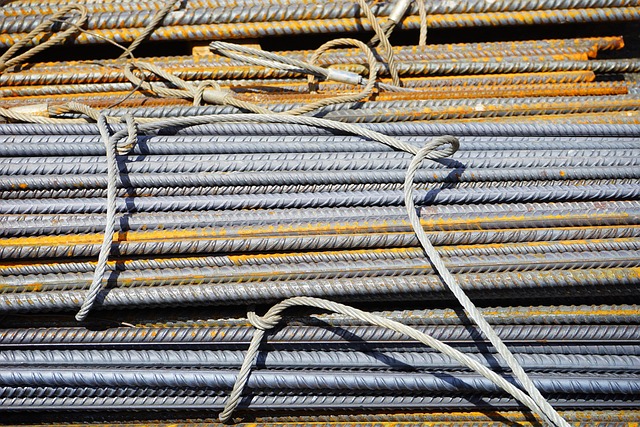Artistic Innovations: Rethinking Materials in Architecture and Design
In the ever-evolving fields of architecture and design, the phrase rethinking materials resonates deeply. Artists and designers are increasingly challenging traditional notions, pushing boundaries and embracing innovation. This paradigm shift opens a new realm of possibilities, enabling the creation of structures and objects that are not only functional but also provoke thought and inspire emotion.
Imagine walking through a space that feels alive; where the walls seem to breathe and the floors vibrate with texture. Artists are experimenting with a variety of unconventional materials, from reclaimed wood and recycled plastic to bio-based composites. These materials tell stories of sustainability and responsibility, vital themes in today’s world. By rethinking materials, architects and designers are crafting experiences that foster connection and reflection.
Consider the use of natural materials in architecture. Bamboo, for example, is not just a beautiful design element; it is a strong, sustainable choice that speaks to our relationship with nature. Structures built with bamboo resonate with warmth and authenticity, evoking feelings of harmony and belonging. Similarly, stone and clay are timeless materials that bring a tactile quality to design, inviting users to engage with their structures on a sensory level.
In the realm of digital art and design, technology plays a critical role in rethinking materials. Innovations such as 3D printing and augmented reality allow designers to conceptualize and create in ways once thought impossible. These technologies enable the exploration of complex forms and intricate designs that challenge our perception of space and functionality. Each creation becomes a canvas, blurring the lines between art and architecture, inviting viewers to question the very nature of the materials themselves.
The concept of rethinking materials also extends into the world of urban design. Cities are beginning to embrace green rooftops, vertical gardens, and living walls, all of which bring nature back into the urban landscape. This shift not only enhances the aesthetic quality of our cities but also contributes to environmental preservation, promoting biodiversity and improving air quality. Nature-infused spaces invite individuals to reconnect with their surroundings, fostering community and encouraging interaction.
As we delve deeper into the possibilities of rethinking materials in architecture and design, we also honor the artisans who breathe life into these concepts. Craftsmanship plays a vital role in bridging the gap between art and practicality. Skilled artisans employ traditional techniques while embracing innovative materials, ensuring that each piece embodies a unique narrative. This delicate dance between the past and present creates a vibrant landscape of artistic expression, inviting us to contemplate the role of materials in shaping our built environment.




